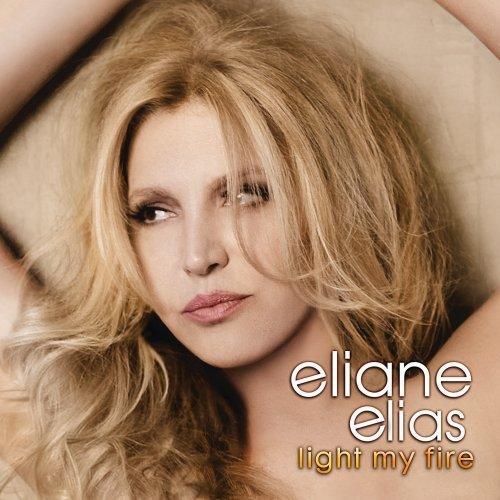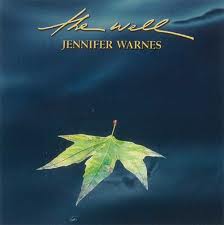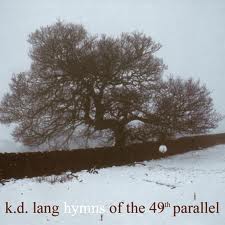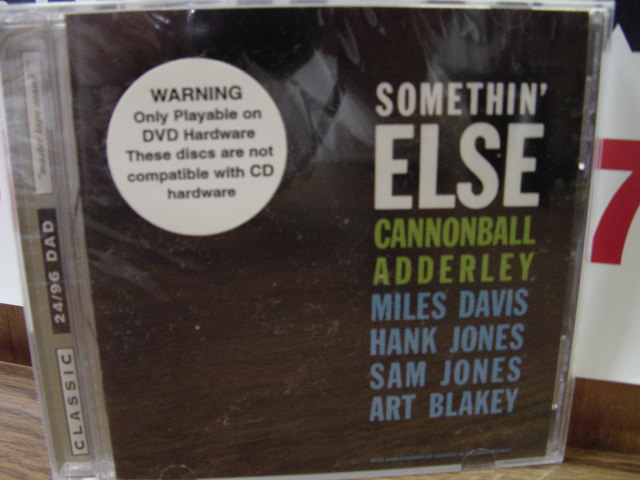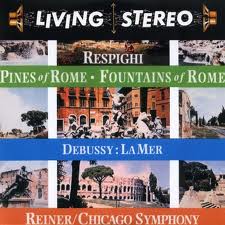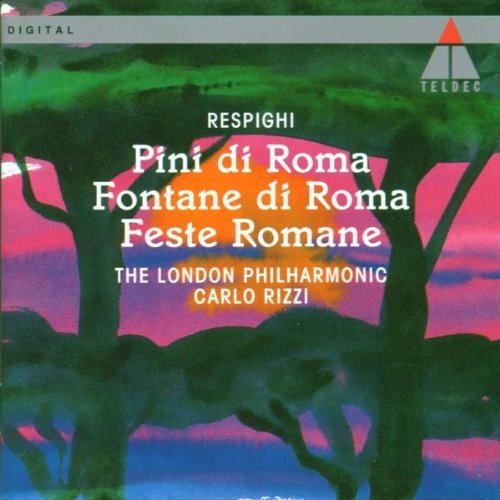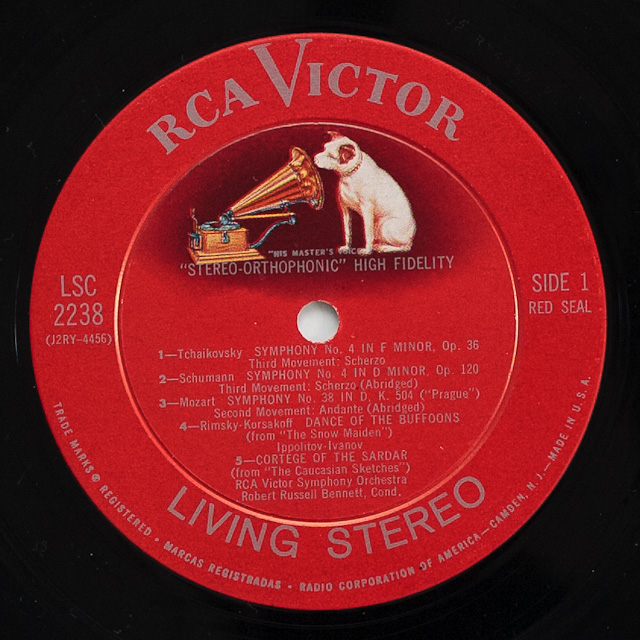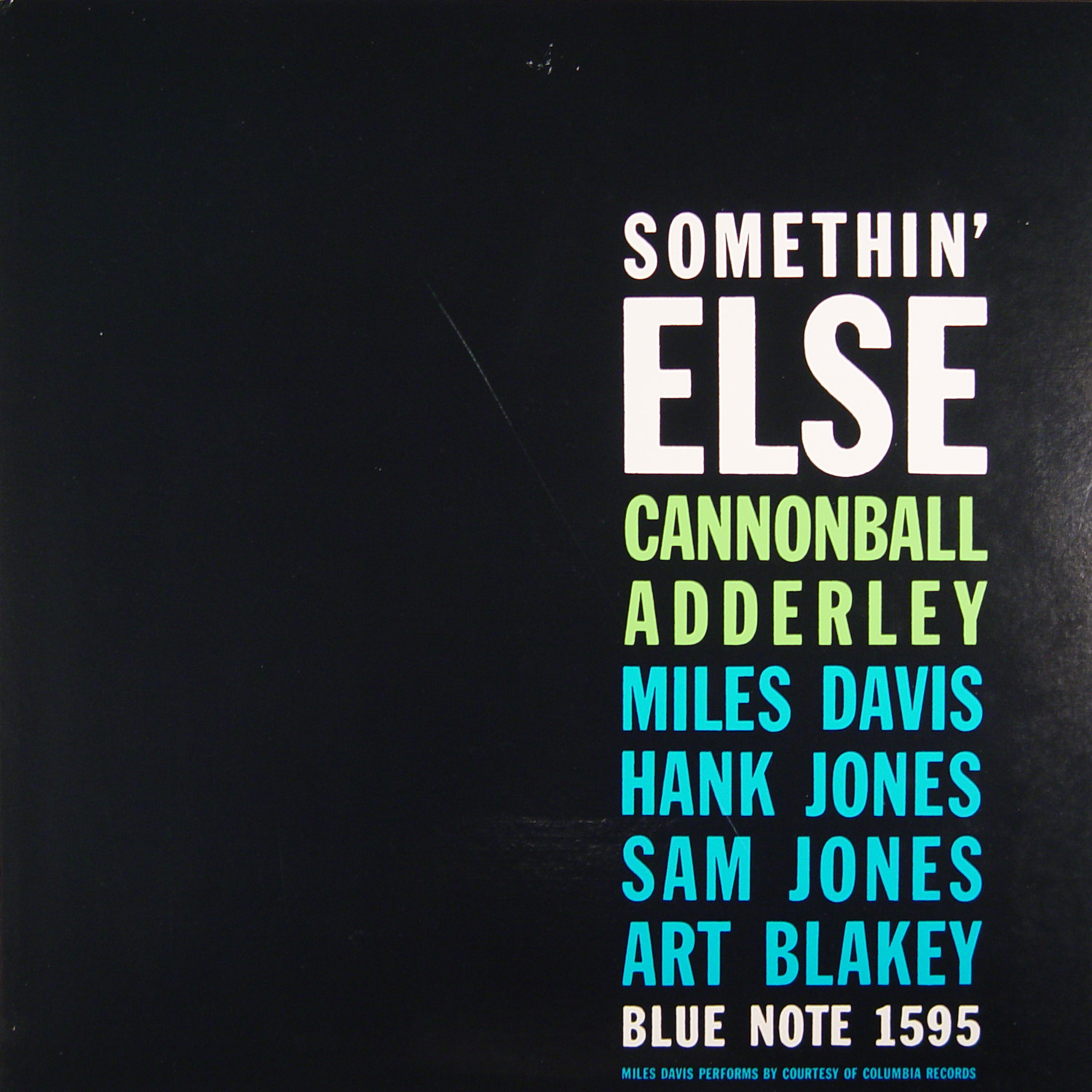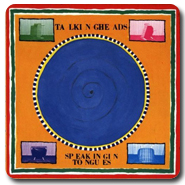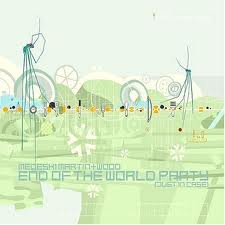by Robert C. Bryant on December 1st, 2013
FEMALE VOCALIST RECORDINGS: PART II
Female Vocalists: Part II
It’s been a while since my last review of some notable recordings of Female Vocalists – thanks for your inquiries about Part 2 and your patience! It’s been a busy and rewarding year at YFS.
Part 2 features several superb recordings that have been released on high quality vinyl. I mentioned in Part 1 how realistic reproduction of the human voice is a challenging undertaking but these recordings take it a step further with their excellent sound stage, separation, balance, and overall ‘listenability’.
1. Water Falls – Sara K (2002) (180gram Vinyl - 2LP)
This recording was Sara K’s first after ending a fairly lengthy run on the Chesky label. Already disillusioned with the business aspects of being a recording artist, Sara was seemingly taking a very simple and uncluttered direction in her music on this album – a simple acoustic trio/quartet with minimal production and straightforward songs. The songs are mostly ballads interspersed with some engaging grooves, characterized by her slightly gritty but pleasantly emotive voice, her trademark baritone-tuned 4 string guitar and some sparse and tasteful accompanists on everything from acoustic 6-string guitar, fretless bass, sitar, soprano sax, and even a bass clarinet.
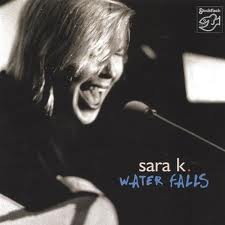
I think it is the direct unadorned simplicity of this recording that I appreciate – the music is as much about the spaces as it is the sounds. This however, presents a challenge to the recording producer and engineer and playback system – the ‘noise floor’ (the background noise level) better be pretty quiet. Fortunately, this meticulously produced German recording is up to the task – the 180 gram, 2 LP set is cut from a Direct Metal Master and is very very quiet. The sound stage is realistic, the mix is well balanced, only a tasteful amount of reverb has been used, and the recording levels are not too hot or sibilant - all of which result in a very pleasant and realistic listening experience.
This is not a challenging recording (either musically or dynamically) but it is very listenable and will give you further evidence of the qualities of your system – primarily in noise floor and vocal realism. (Be prepared, the first cut on the first side is a Russian street busker playing a short selection of the big band swing tune, Chattanooga Choo-choo on the accordion – don’t worry, its brief).
Sadly, Sara K retired from the music business about 4 years ago but she left a pretty good discography behind and I personally think Water Falls is among her best.
2. Café Blue – Patricia Barber (1994) (180gram Vinyl - 2LP)
Café Blue is a bit of an audiophile classic. Recorded in 1994 and previously released by Blue Note and later Mobile Fidelity, this Premonition label 180 gram, 2 LP set lives up to its reputation in every respect. Drop the needle on this recording, close your eyes and your listening area is transformed into a small jazz club for about an hour.
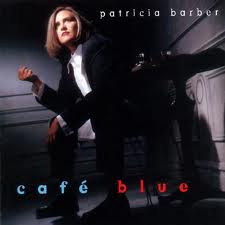
3. River - The Joni Letters - Herbie Hancock -Verve 2007 (180gram Vinyl - 2LP)
River is one artist’s subtle tribute to the artistry of another - Joni Mitchell, the poet and songwriter. This is not a simple collection of covers of some well-known JM tunes but rather a gentle and interpretative if somewhat meandering treatment of a range of material (including Wayne Shorter's "Nefertiti" and Duke Ellington's "Solitude") by Hancock and an impressive supporting cast of musicians and singers. While not a recording of female vocalists per se, Hancock recruits Norah Jones ("Court and Spark"), Tina Turner ("Edith and the Kingpin"), Corinne Bailey Rae ("River"), Luciana Souza ("Amelia") and Joni Mitchell herself ("Tea Leaf Prophecy") to provide a fine selection of vocal styles in addition to solid instrumental selections. The outlier on the recording is a spoken-word treatment of "The Jungle Line" by poet/songwriter Leonard Cohen.
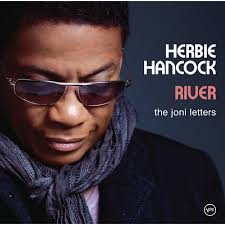
As one might expect of a Verve/Hancock undertaking, the quality of the recording is excellent with a reliance upon sparse arrangements of (mostly) acoustic instruments. This is not easy listening, but for those willing to immerse themselves in the expressive treatments, it is well worth the time to listen.
Thanks for reading.
Until next time...
-RCB

